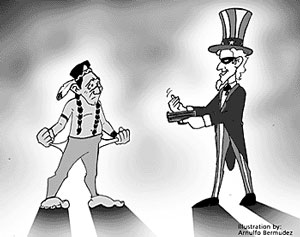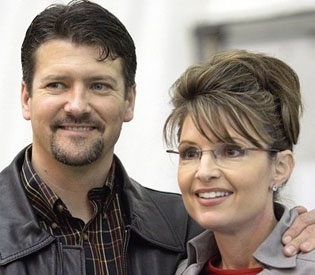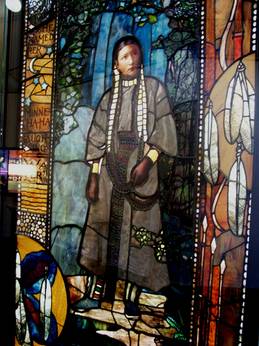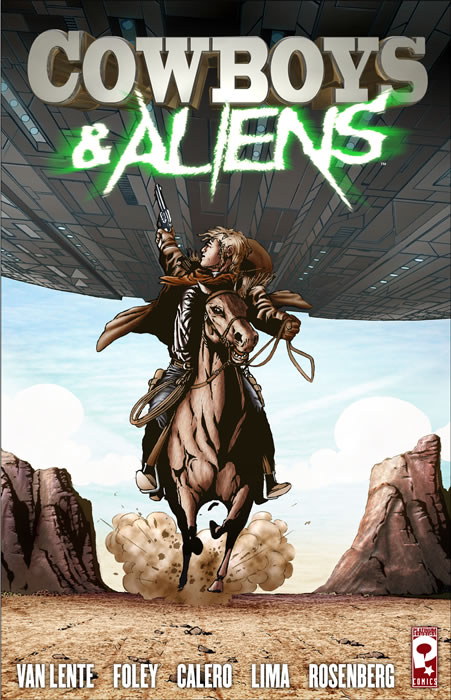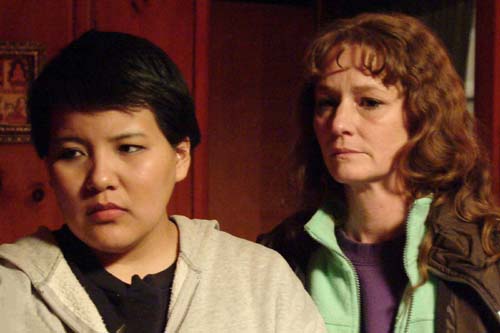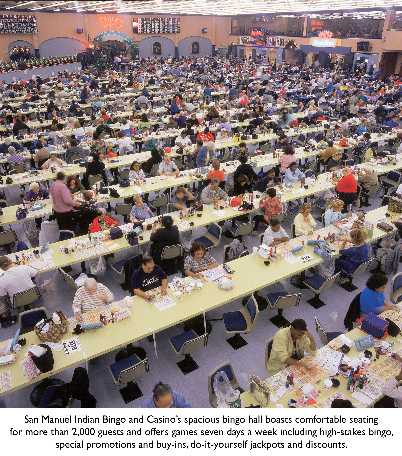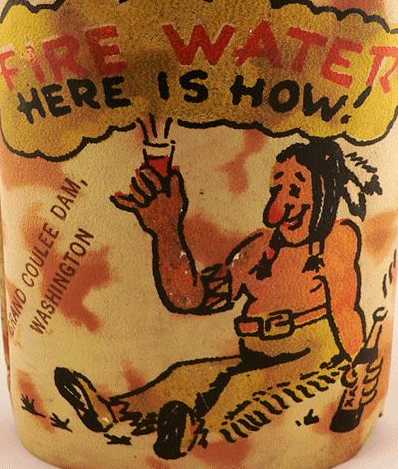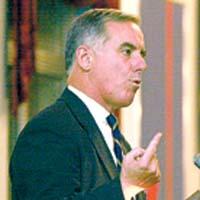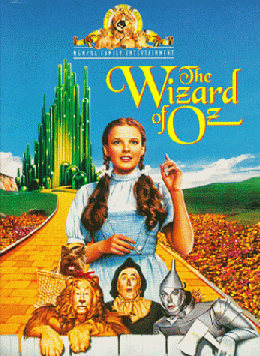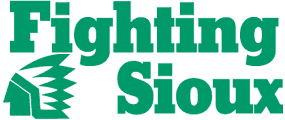When Your Hands Are Tied. 2006, 56 minutes, color, grades 7-up
As Indian communities all over Turtle Island struggle to heal from the generational trauma of the Indian boarding schools, Indian young people struggle to resist the negative pressures of the dominant society. That’s why When Your Hands Are Tied is so important. It’s an exceptional film that explores the realities of Indian young people navigating between the traditional and the contemporary, maintaining strong ties with their communities while expressing themselves in unique ways. The Pueblo, Diné and Apache teens seen here are photographers and filmmakers, breakdancers and rappers, rockers and skateboarders, and all are very talented. The teens—mentored by a young Diné healer, the governor of Nambé Pueblo, a director of American Indian Studies, and artists who are their role models: singer/songwriter Radmilla Cody, rappers Mistic and Shade, the high-energy rock band Blackfire, skateboard artist Douglas Miles and others—learn that it is possible to honor the past while looking to the future. With young people showing and telling what they’re doing, breathtaking views of the land, and amazing music—including Blackfire’s rendition of Woody Guthrie’s “Mean Things Happenin’ in This World”—When Your Hands Are Tied will resonate with Indian teens everywhere.
When Your Hands Are Tied was co-produced by Mia Boccella Hartle and Marley Shebala (Diné/Zuni) as an educational tool to reach families, communities, schools, libraries, and treatment centers, so that everyone can see a positive reflection of what’s happening with Native young people today. Funded by a not-for-profit charitable organization with limited funds, this excellent film was given to us to distribute at no cost to anyone who can benefit from it. Feel free to order it if you can use it well.
Approximate running time: 56 minutes
Format: Digital Video
"When Your Hands Are Tied" is an educational film that explores the unique ways in which young native people are finding to express themselves in the contemporary world while maintaining strong traditional lives.
Since native youth do not often see reflections of themselves or their communities in mainstream media, we wanted to make a film that features contemporary native kids and role models who are finding exciting and positive ways to direct their lives. We also wanted young people to learn the importance of self-motivation in combination with traditional teachings to help prepare for the challenges of everyday life.
Some of the people we meet are:
Navajo rappers, who rap in English and in Navajo, with a mission to communicate to young people the importance of embracing mainstream culture and education as well as their own native languages, customs and traditions.
Navajo punk rock musicians, whose style is Native American Punk-Rock or “Alter Native” with strong sociopolitical messages about government oppression, relocation of indigenous people, eco-cide, genocide, domestic violence and human rights.
Apache Skate Boarders, who through their travels across the country, have learned about filmmaking, photography, and self worth. They have also learned how to carry the message of who they are and where they come from as they pursue their own individual goals.
The Governor of Nambe Pueblo, an avid dancer, started a break-dance team to help kids stay active and healthy. The break-dancers come from many tribes around the southwest and are encouraged to participate in their traditional dances at home.




